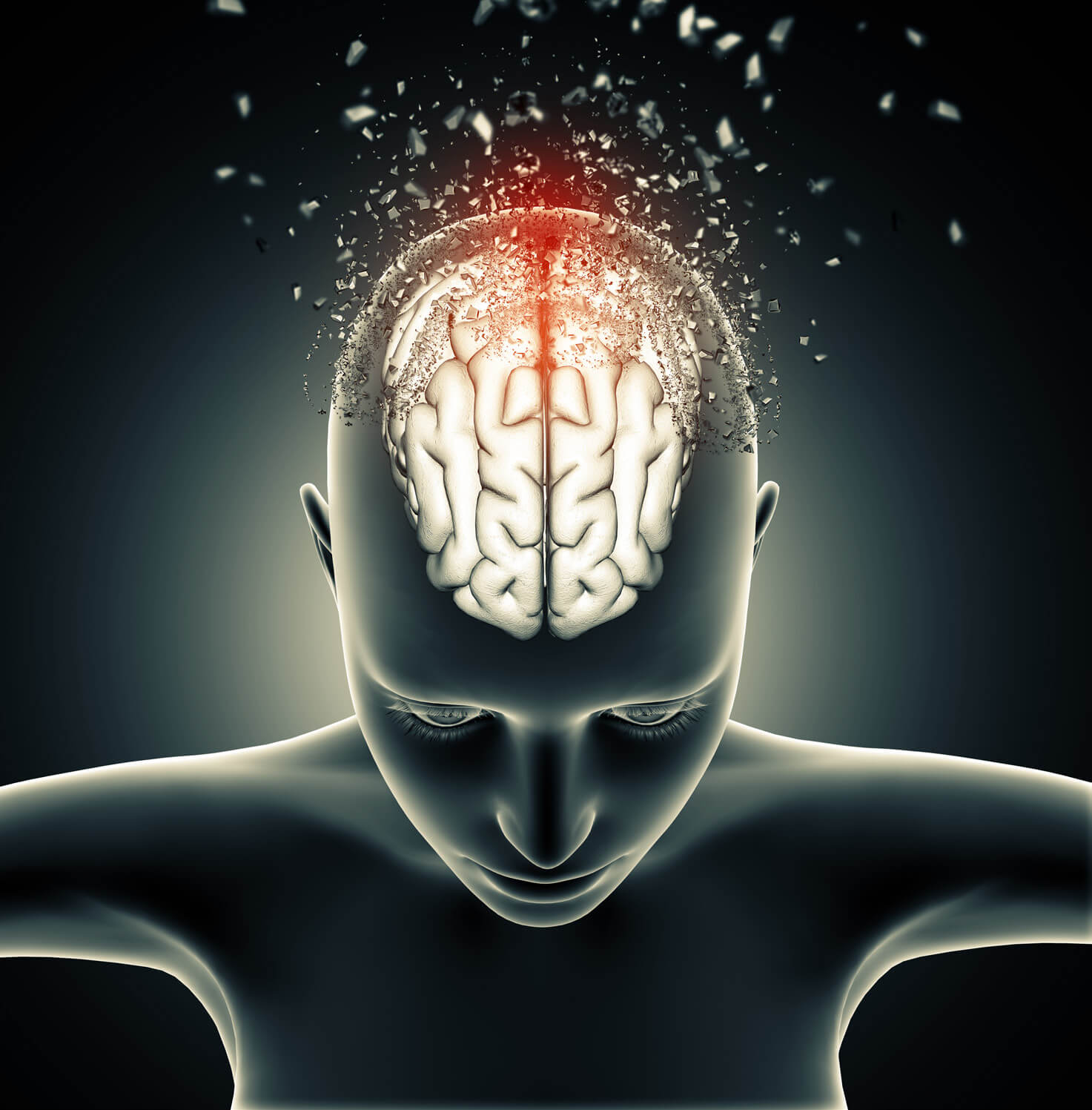Stroke Treatment Gap and Lack of Awareness

Far from being a silent epidemic in India, strokes or paralytic strokes have now emerged as a frightful and explosive health hazard with horrific socio-economic ramifications. As we observe World Stroke Day today, it would be pertinent to consider some facts about the disease in India. More than 15 lakh people develop stroke every year (around 4,000 per day), causing about 8% of total deaths in India (more than tuberculosis, AIDS and malaria combined). The majority of patients in an ICU of any major hospital are stroke victims, even more than heart attacks.
About 15% of all stroke patients are in the less than 40-year age group. This figure is on the upswing because of the growing incidence of diabetes, hypertension, obesity, sedentary lifestyle, smoking and stress. This also explains about a 100% rise in the incidence of strokes in the last decade. Even with the best treatment, about 25% of patients remain disabled throughout life. This number reaches 50% without advanced treatment.
It would be naïve to treat strokes as just another malady. On the contrary, it extracts a huge economic burden due to the cost of hospitalisation, medicines, and rehabilitation. There is also loss of productivity due to disability or death, which impacts the demographic dividend and hampers economic growth.
What is disconcerting is that in India, there continues to be a huge treatment gap, which prevents the majority of stroke patients from receiving the best available treatment for the disease.
In recent times, two significant breakthroughs have been made in stroke treatment. Intravenous thrombolysis (dissolving the brain clot through an intravenous drug) has been prescribed over the last two decades. Mechanical thrombectomy (extracting the clot by entering the blocked vessel from within) performed by an interventional neurologist is a highly effective therapy which brings down mortality and disability by more than 50%.
Both these therapies are time-sensitive and are effective if started within the ‘golden hours’ (4.5 hours for thrombolysis and 6-12 hours for thrombectomy). This is because when a stroke develops, millions of brain cells die every minute and each minute of delay can be the difference between life and death and also between a fully functioning and permanently disabled patient. Major advances have also been made in the long-term treatment of strokes, specifically physiotherapy and rehabilitation.
Although the number of patients who have undergone thrombectomy has more than quadrupled in the West in the last five years, in India, less than 5% of stroke patients benefit from this therapy. Basic problems leading to this treatment gap are lack of awareness of the symptoms of strokes, the seriousness of the condition if not treated in the initial golden hours, and the urgency of providing treatment.
Common symptoms of a stroke, such as sudden deviation of the face, slurring of speech, weakness in the arm or leg, and imbalance to one side, are often mistakenly labelled as general weakness, stress, overwork, high/low blood pressure or high/low blood sugar. Also, patients are taken to the outpatient departments of general practitioners or small hospitals nearby when they get these symptoms. Often, these small hospitals lack the necessary equipment or expertise to administer the latest treatments to the patient.
Another common mistake made by both patients and doctors is not recognising the significance of transient ischemic attacks (TIAs). These are minor strokes which recover in seconds to minutes and which in many cases lead to a major stroke. This can be compared to patients having episodes of mild chest pain before a major heart attack. If these patients of TIAs are taken to a neurologist or stroke specialist, it is possible to avoid a major stroke altogether by treating risk factors like diabetes, hypertension, high cholesterol, blood thinning drugs and, in select cases, angioplasty of brain arteries.
The Indian Stroke Association suggests that people should recognise the symptoms of a stroke at home and immediately take the patient to a hospital equipped with the necessary facilities for stroke treatment like CT and MRI scan, cath lab, stroke neurologist and interventionist. Also, don’t neglect any temporary symptoms of stroke which could recur in seconds to minutes as these can lead to a major stroke. Seek medical attention at the first such episode. Further, physiotherapy, speech therapy and rehabilitation should be done rigorously to minimise the disability after a major stroke. The strict control of risk factors like hypertension, diabetes, high cholesterol, smoking and sedentary lifestyle are effective ways to prevent a stroke altogether.
It is equally important to facilitate inexpensive treatment systems in India, where the issue of strokes has exploded into a serious health issue, cutting across different demographics and the rural-urban divide.



